Description
Shou pu erh tea for sale
Specification:
Brand: TAETEA
Tea Type: Shou Pu-erh tea cake
Ingredients: Yunnan Daye (big leaves) Saiqing (sun-dried) Mao Cha
Series: taetea 7572
Tea Origin: Menghai,Yunnan,China
Country/Region of Manufacture: China
Expiration Date: the longer the better in Storage conditions
Caffeinated: Yes
Net Weight: 357 grams per cake (12.59Oz)
The Price for one pc ONLY.
Manufacture Year: 2013
Production license number: SC11453282228141
Storage Conditions: Keep in a well-ventilated, cool and dry place. Away from direct sunlight, potent odors and contaminants.
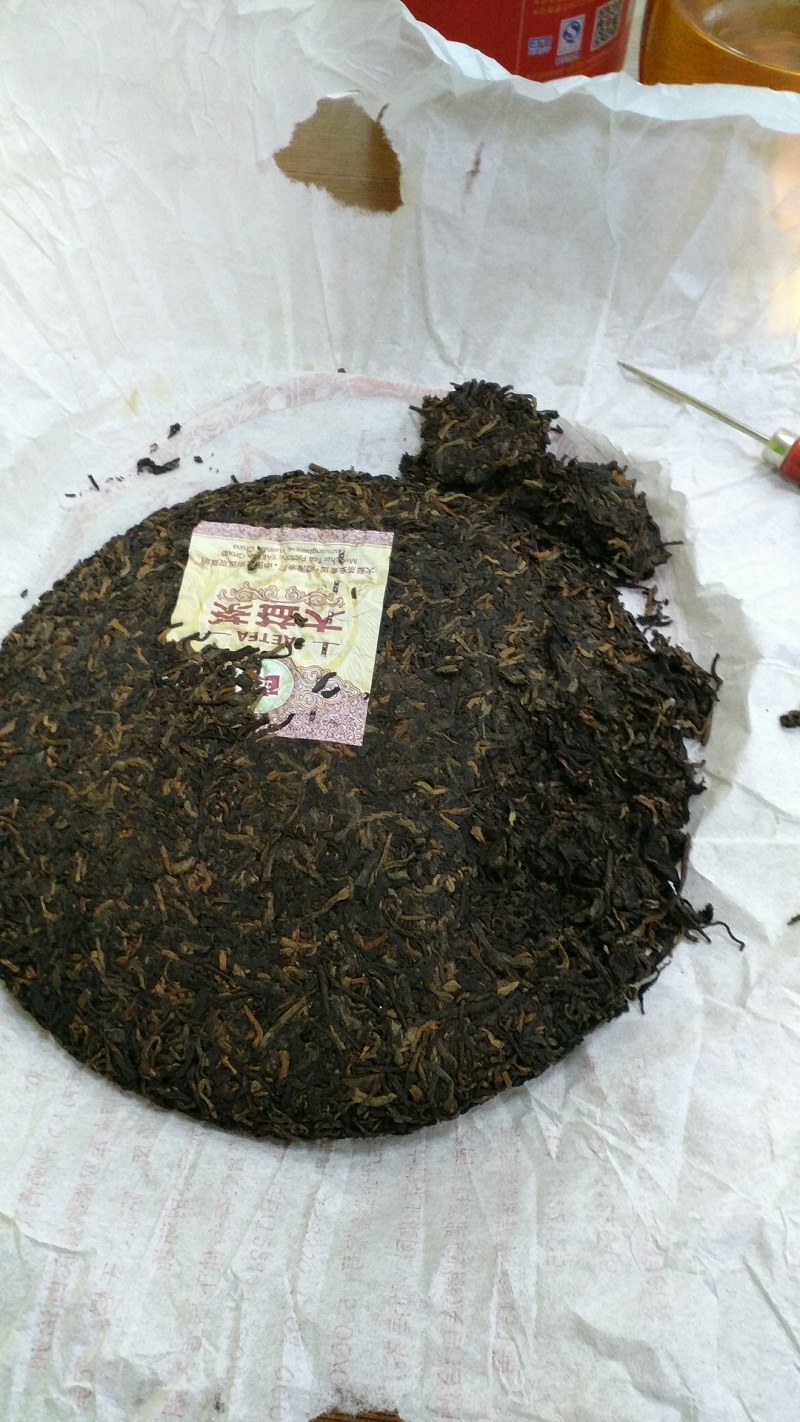
pu-erh tea cake
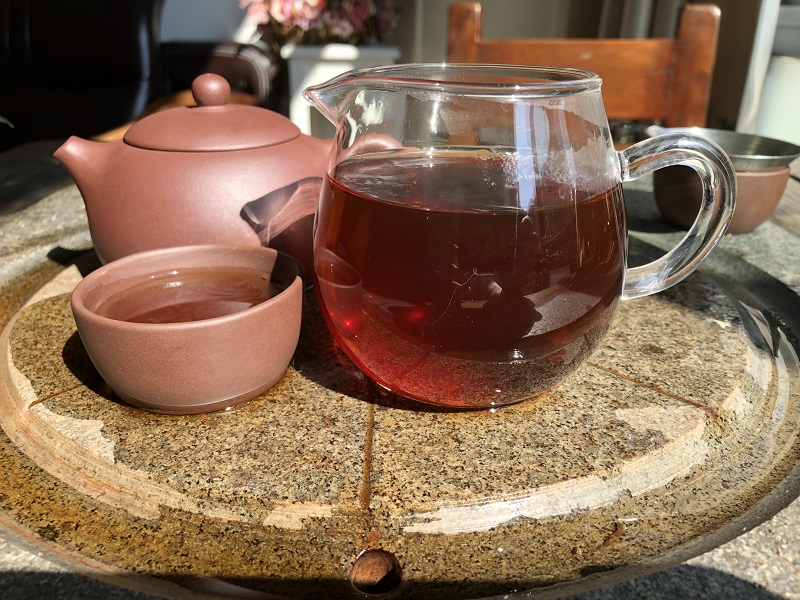
pu-erh tea cake
About TAETEA
TAETEA tea is located in Yunnan Meng Hai tea factory, the birthplace of the world tea tree hometown, menghai county, xishuangbanna (old name is “Fo Sea” ).
“TAETEA” brand has ranked as best sales tea brand in China for years. Its Pu erh tea is at high level and treated as the representative of the classic pu-erh tea. Tea addicts or tasters would judge the quality of other ripe Pu Er tea based on the quality of TaeTea.
About Ripe Pu’er
Ripe pu-erh tea is pressed maocha that has been specially processed to imitate aged “raw” Puer tea. Although it is also known in English as cooked pu-erh, the process does not actually employ cooking to imitate the aging process. The term may be due to inaccurate translation, as shú means both “fully cooked” and “fully ripened”.
The process used to convert máochá into ripened pu’er manipulates conditions to approximate the result of the aging process by prolonged bacterial and fungal fermentation in a warm humid environment under controlled conditions, a technique called Wò Dūi”wet piling” in English), which involves piling, dampening, and turning the tea leaves in a manner much akin to composting.
The piling, wetting, and mixing of the piled máochá ensures even fermentation. The bacterial and fungal cultures found in the fermenting piles were found to vary widely from factory to factory throughout Yunnan, consisting of multiple strains of Aspergillus spp., Penicillium spp., yeasts, and a wide range of other microflora. Control over the multiple variables in the ripening process, particularly humidity and the growth of Aspergillus spp., is key in producing ripened pu’er of high quality.Poor control in fermentation/oxidation process can result in bad ripened pu’er, characterized by badly decomposed leaves and an aroma and texture reminiscent of compost. The ripening process typically takes between 45 and 60 days on average.
The Wò Dūi process was first developed in 1973 by Menghai Tea Factory and Kunming Tea Factory to imitate the flavor and color of aged raw pu-erh, and was an adaptation of wet storage techniques used by merchants to artificially simulate ageing of their teas. Mass production of ripened pu’er began in 1975. It can be consumed without further aging, or it can be stored further to “air out” some of the less savory flavors and aromas acquired during fermentation. The tea is sold both in flattened and loose form. Some tea collectors believe “ripened” Sheng Cha should not be aged for more than a decade.
Medium fermentation, this allows the activity of the tea to change as time goes by. Mellow taste and long sweetness. If stores for about 5 years, its age aroma appears and tea liquid becomes more smooth and soft. Drinking the shou pu erh tea for a long time is good for keep weight and descreasing the blood fat, blood sugar and maintain your skin activity.
Pu-erh tea can be purchased as either raw/green (sheng) or ripened/cooked (shu), depending on processing method or aging. Sheng pu-erh can be roughly classified on the tea oxidation scale as a green tea, and the shou or aged-green variants as post-fermented tea.
Unlike other teas that should ideally be consumed shortly after production, pu-erh can be drunk immediately or aged for many years; pu-erh teas are often now classified by year and region of production much like wine vintages.
Pu Erh tea has been celebrated since the Tang Dynasty ( 618AD-906AD ) for its health benefits and curative powers in certain diseases. Modern medical science has recently shown that the health benefits of Pu Erh tea may be more than just Chinese folklore. Since 1970 France, Japan and China have been conducting many scientific studies on Pu Erh tea which suggest that :
Yunnan Pu Erh Tea Benefits
Improving digestion, burning the body fat for weight loss purpose
Enhance immune system
Reduce cholesterol in the blood stream.
Reduce high blood fat.
Help prevent intestinal infection, digestive problems and constipation.
Help to prevent the formation of cancer cells in the body due to its anti-oxidants.
How to brew Pu Erh
Pu Erh Tea requests the boiled water of the 95℃~100℃. To make the best tea quality must control the water temperature, which greatly effect the aroma and tasty of the tea soup.
How much tea can depend on personal taste, generally, 3-5 grams tea properly with 150 milliliters water, and the proportion of tea to water between 1:50-1:30.
For the tea purer aroma, it is necessary to warm tea, i.e., pour out the boiled water immediately for the first time, which can have 1-2 times. The speed must be quick so that the taste of the tea soup can be prevented from influence. While really starting, about a minute the tea soup can be poured into the public cup, and then continue the second. With more times, the time can be prolonged slowly, from 1 minute to a few minutes gradually, which can keep the even density of tea soup.
Buyers Show
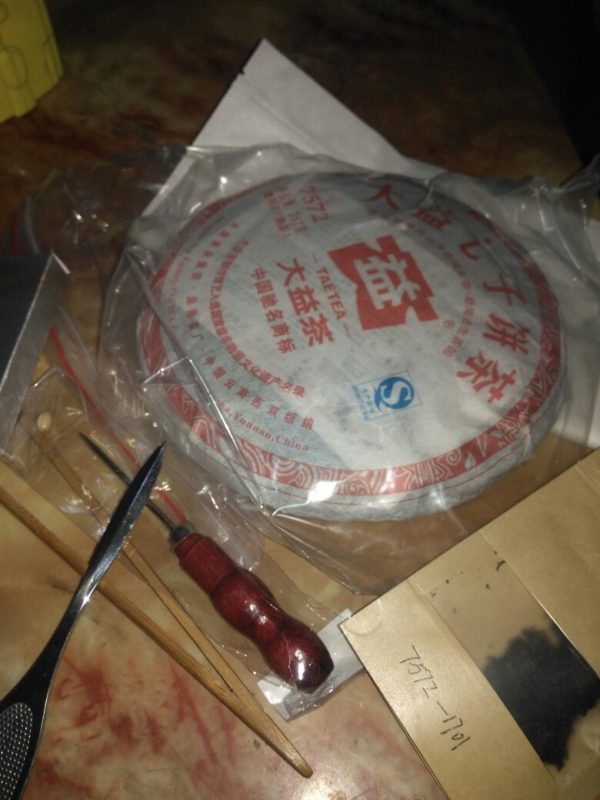
taetea 7572
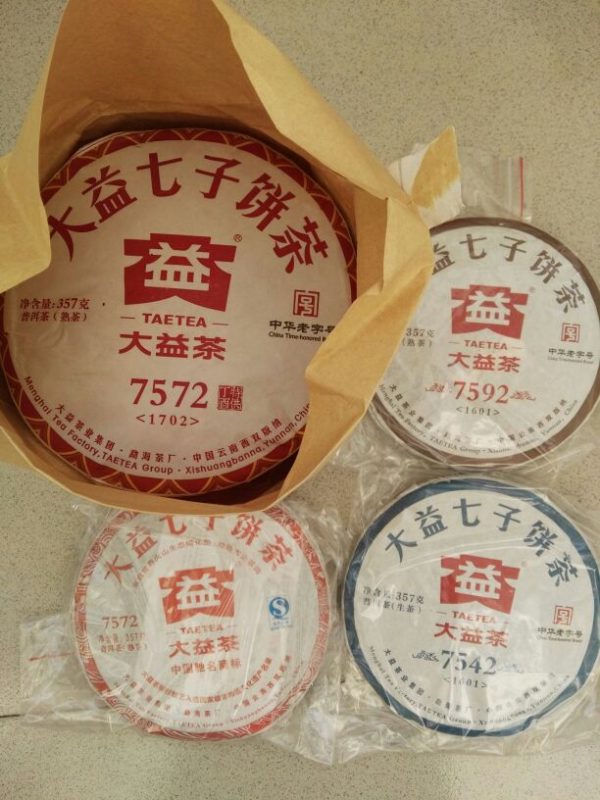
shou pu erh
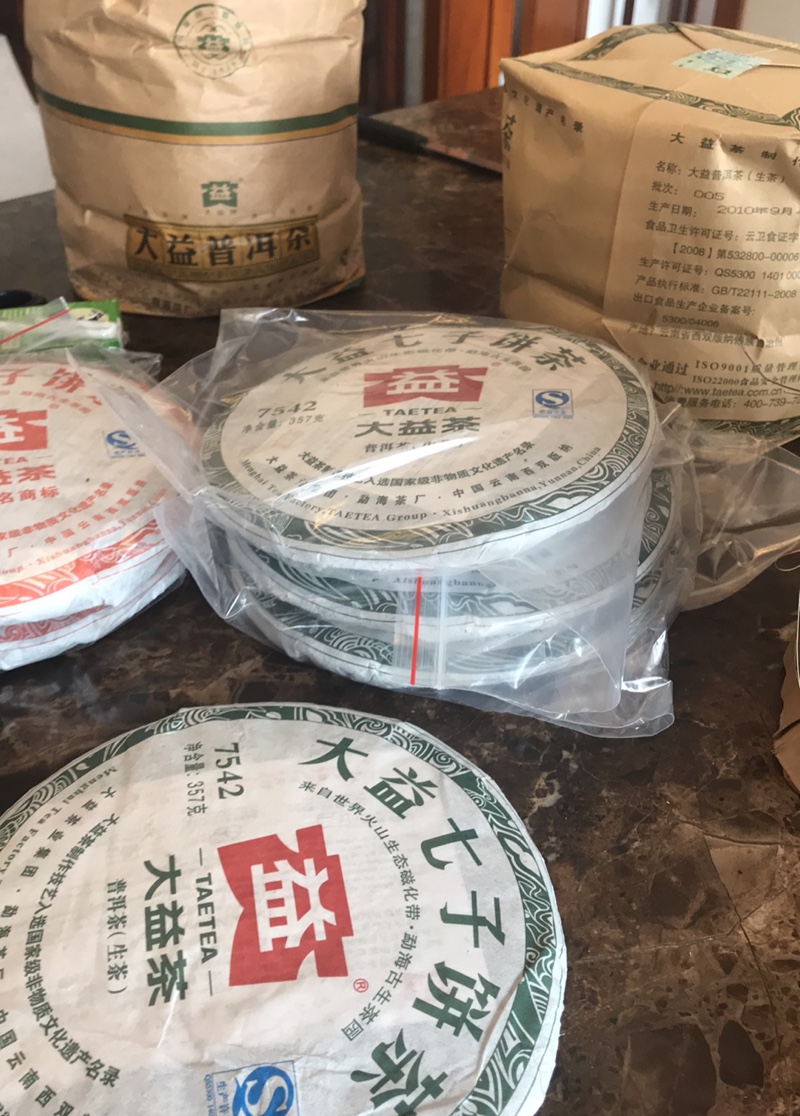
shou pu erh
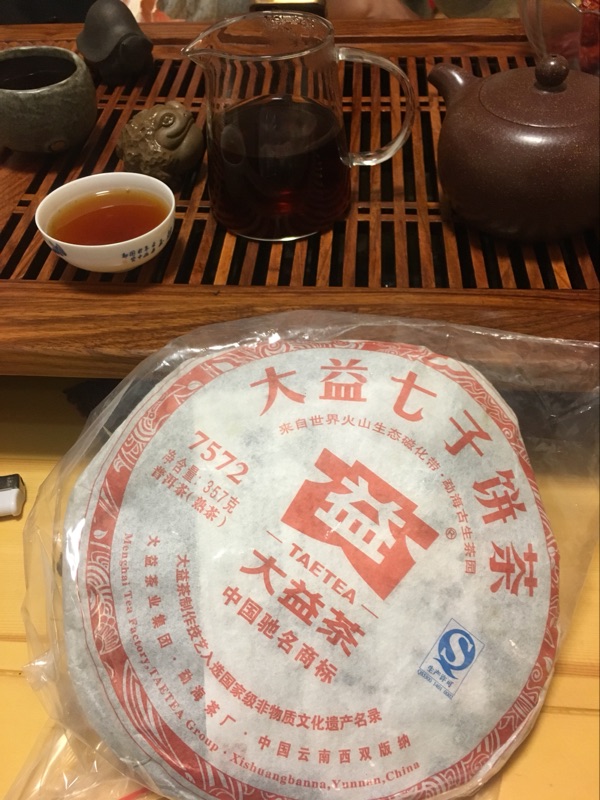
shou pu erh
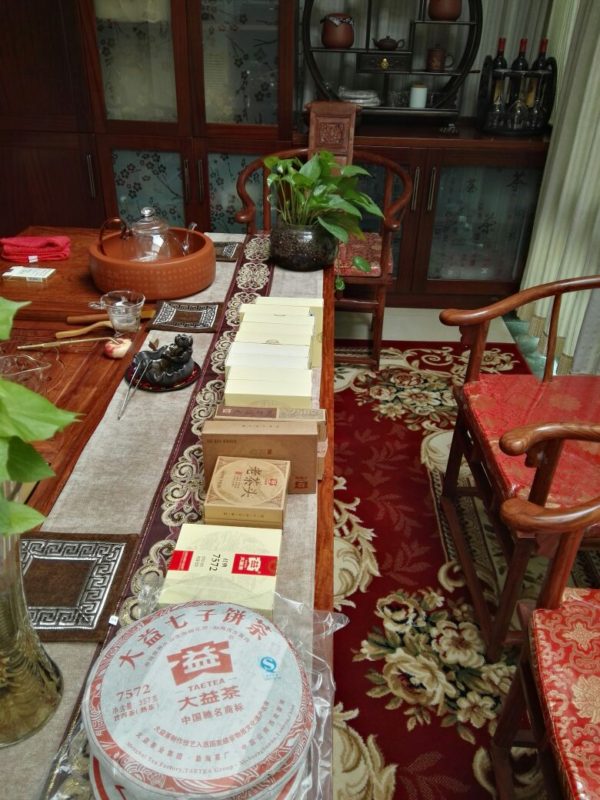
shou pu erh
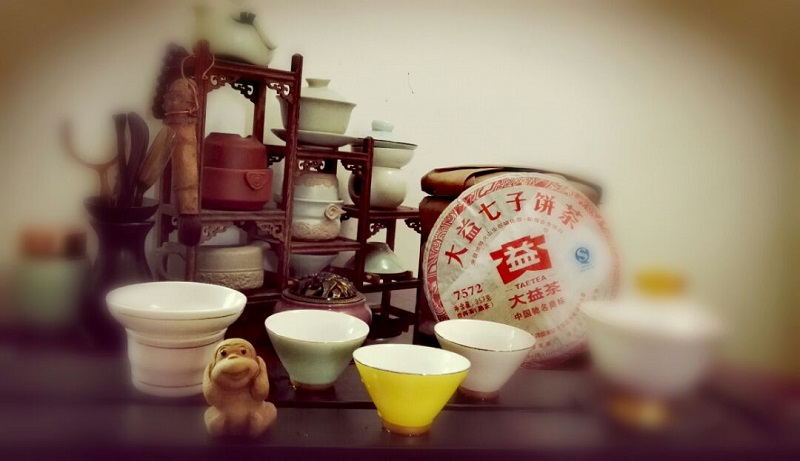
shou pu erh
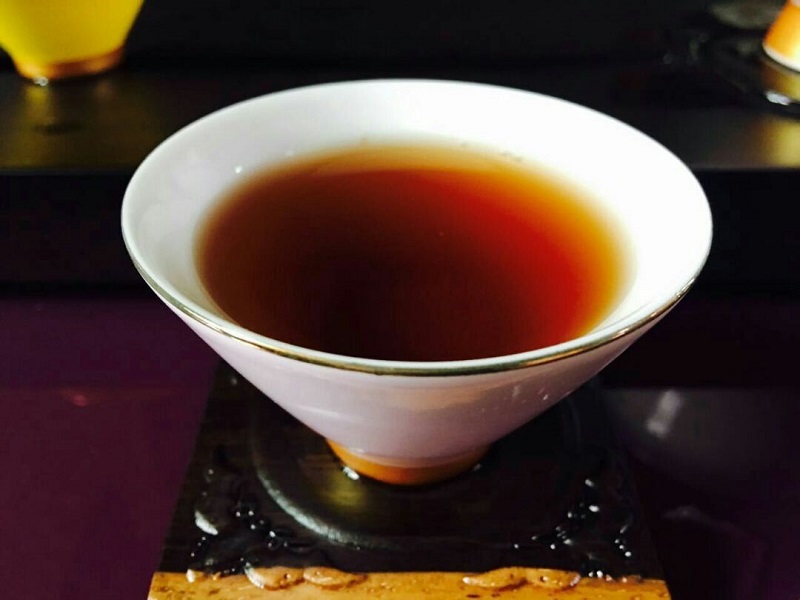
shou pu erh



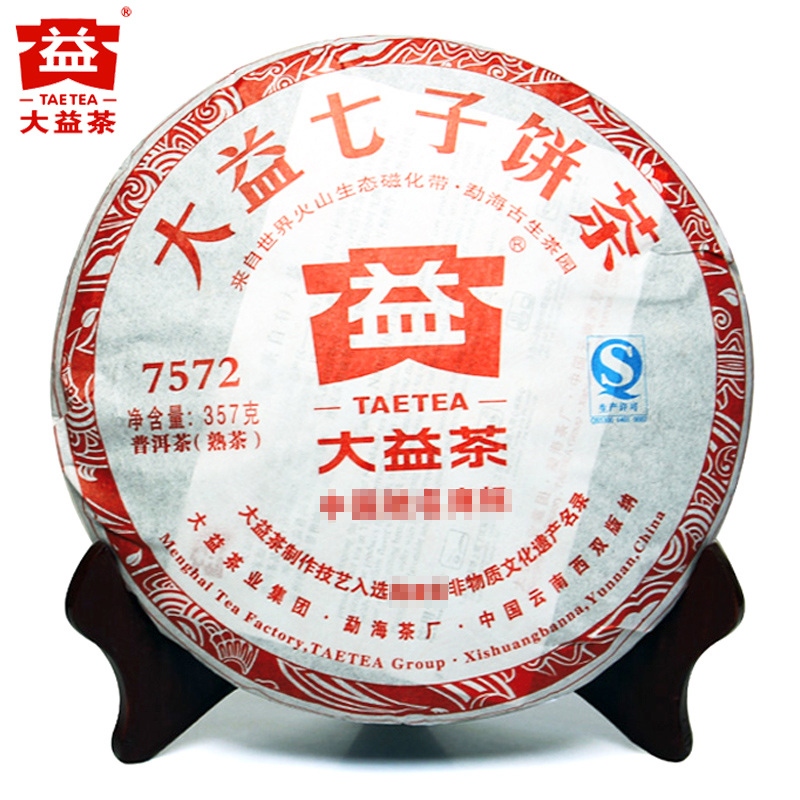
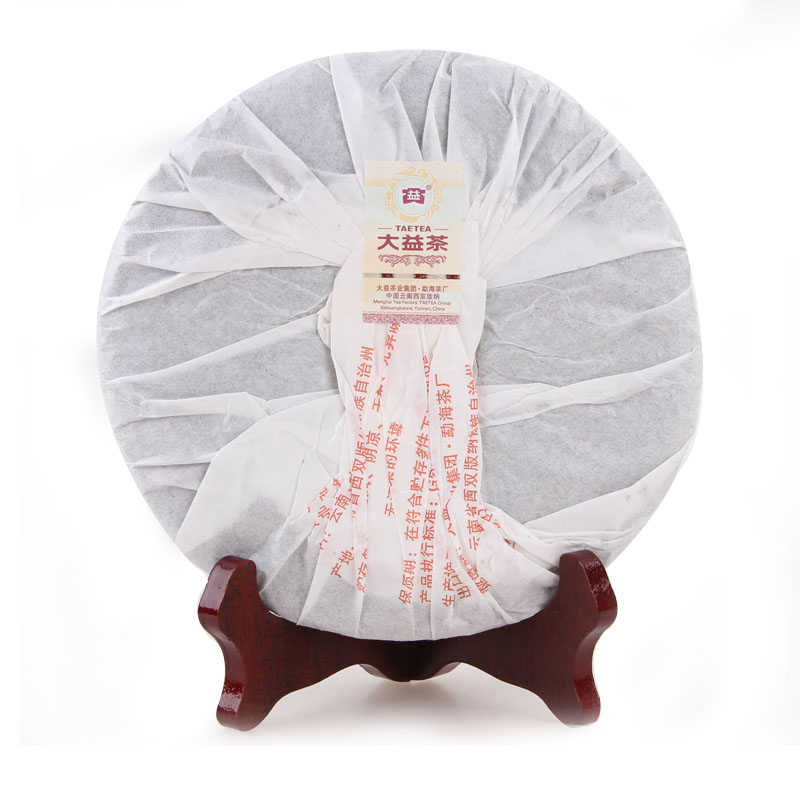
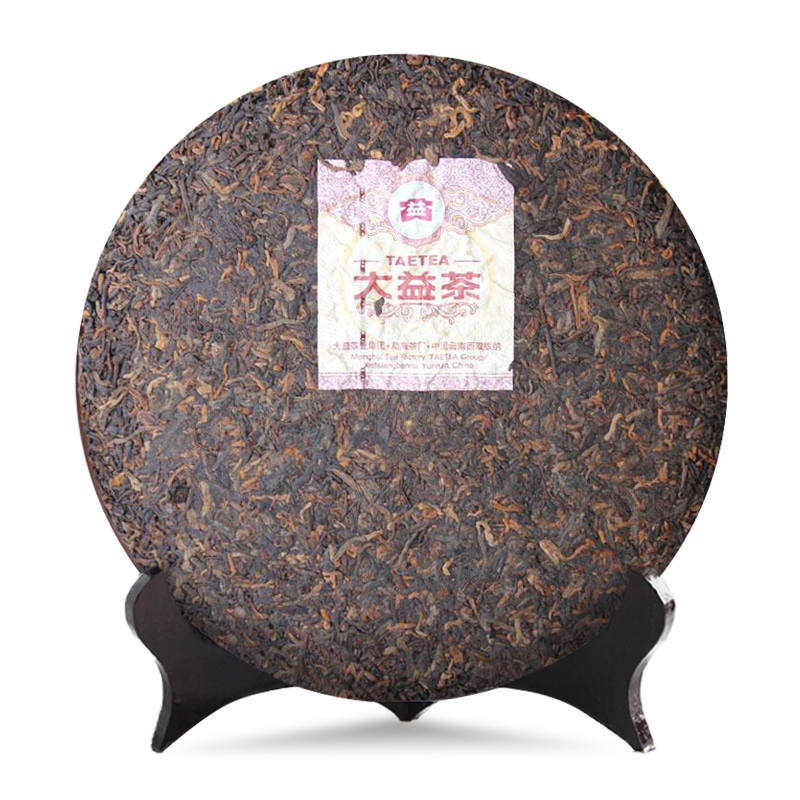
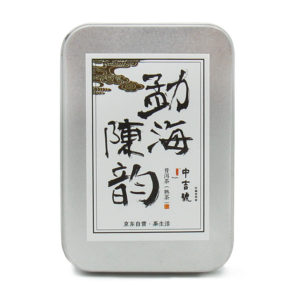
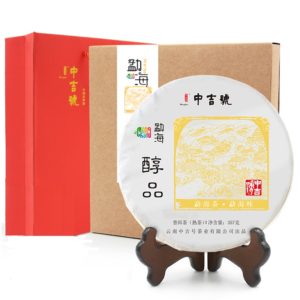
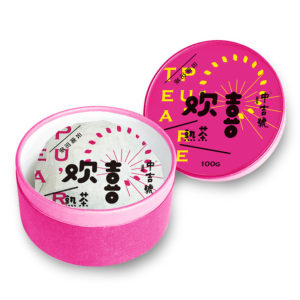
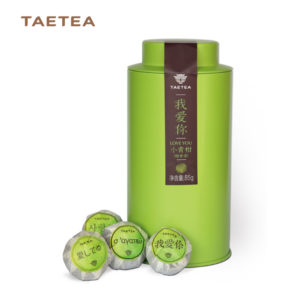
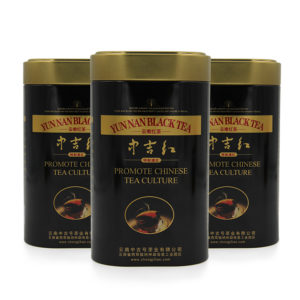
Reviews
There are no reviews yet.